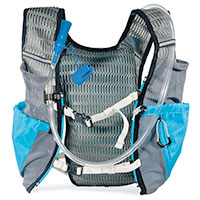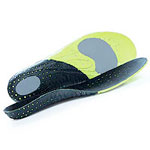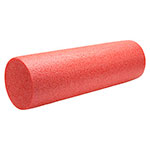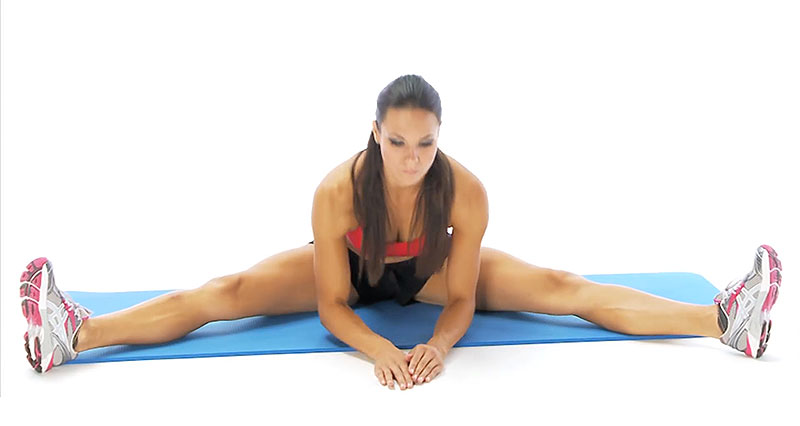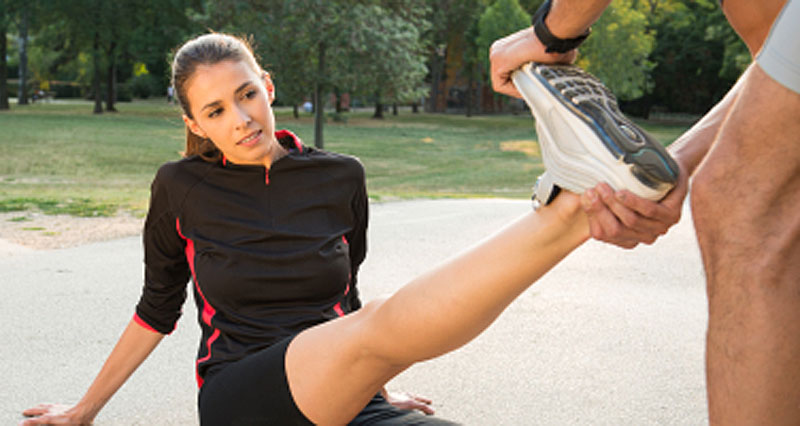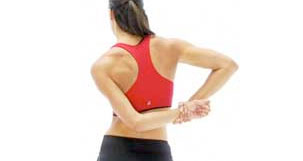Static, dynamic, PNF and ballistic are all types of stretching exercises. Here we explain each and when to use them.
What is static stretching?
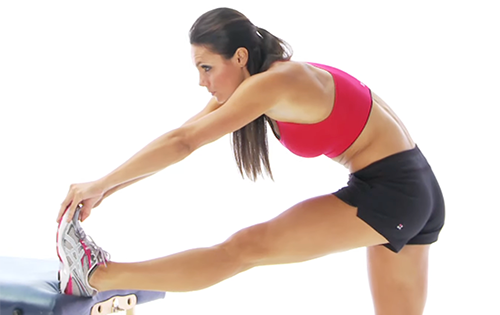
Static, or isometric stretching is a type of stretching where you gently stretch the muscle to feel a gentle pull. Hold the stretch for upwards of 10 seconds then relax.
Stretches should always be pain-free. If you feel pain then your muscle will naturally want to tighten to protect itself.
After a muscle strain, your physio may recommend static stretching. In strong healthy muscles, however, PNF-type techniques may be better for developing flexibility.
Dynamic stretching
Dynamic stretching is popular these days, particularly for warming up. It involves stretching your muscles whilst moving, either by leg swings or by performing sports-specific drills.
Why does dynamic stretching work?
Your muscles have sensors in them called muscle spindles. These muscle spindles sense how fast your muscles stretch. If they sense your muscle stretches too fast they trigger to prevent overstretching. As a result, may cause injury. This is how stretch-related muscle strains can occur.
By incorporating dynamic stretching into your warm-up, the muscles gradually adjust to the demands placed on them.
PNF Stretching
PNF stands for Proprioceptive Neuromuscular Facilitation. There are several ways of performing PNF stretches including hold-relax; contract-relax; and rhythmic initiation.
PNF become popular in the 1960s and has since grown in popularity with physiotherapists and other sports injury professionals.
PNF can be either completely passive (meaning the therapist moves the limb through its range of motion), or active-assisted, in which the athlete plays a role in the treatment. In this case, it requires an isometric contraction before the stretch.
Hold-relax PNF stretching
So for example, to use the hold-relax PNF technique on the hamstrings, the athlete would lays on their back and raises the straight leg up off the bed. To do this they must contract the hip flexors Rectus Femoris and Iliopsoas).
From here, the therapist or partner provides resistance as the athlete isometrically contracts the hamstrings (as if trying to push the foot back down to the floor) for a minimum of 6 seconds. Following this, the athlete contracts the hip flexors again to raise the leg higher and further stretch the hamstrings.
This works on the theories of reciprocal inhibition (or innervation) and post-isometric relaxation. Reciprocal inhibition is based on a reflex loop, controlled by the muscle spindles.
When the agonist muscle contracts, for example, the quads, causing knee extension), the antagonist’s muscle is inhibited, causing it to relax (in this example the hamstrings), allowing the full movement of the antagonist muscle (knee extension).
Post-isometric relaxation is thought to be controlled by the Golgi tendon organs, sensors within the muscle that are sensitive to muscle tension. When a muscle is contracted isometrically for a period of time, this results in an inhibition of the muscle, resulting in relaxation.
PNF can also be used for treatments other than stretching, for example, muscle strengthening in a rehabilitation setting. PNF in this sense involves spiral-diagonal movements, as are used in most daily and sporting activities. Very few activities use only one plane of movement, there is usually a combination of two or all three planes (flexion/extension; adduction/abduction; and rotation). For this reason, PNF incorporates these spiral-diagonal movements to help train the body in the way in which it is most often used.
This is related to the sliding filament theory of muscle contraction.
Ballistic-type stretching exercises
This type of stretching is where you stretch the muscle as far as it is comfortable to do so. Then, at the end range of movement, you bounce or force the joint a little bit further.
- This is generally frowned upon these days because the act of forcing a muscle beyond its comfortable range can damage it.
- However, Martial artists and Ballet dancers (extreme joint range of movement is required) often include it in their stretching routines.
- It may also be used in rehabilitation to increase joint range of movement. But be careful!
An example of ballistic stretching is reaching over to touch your toes and bouncing to increase the range. This type of stretching is rarely recommended due to the injury possibilities and no beneficial effect over other, safer, forms of stretching such as PNF and dynamic stretches.
Muscle Energy Techniques
Muscle Energy techniques (or METs) are types of stretching exercises similar to PNF, and developed around the same time, in the world of Osteopathy. Like PNF, METs use an isometric contraction of the agonist prior to stretching. The difference is in the force of the isometric contraction, which in METs is a lot lower. A MET stretch is performed in the following way, using the hamstrings as an example:
The therapist moves the hip into flexion, with the athlete on their back, until they encounter the point of resistance – where the movement stiffens, due to tightness in the hamstrings. They hold this position for 15-20 seconds. They then ease off slightly from the stretch and ask the athlete to try to push the leg back down to the couch, which causes an isometric contraction of the hamstrings. In METs, this contraction should be a maximum of 20% of the athlete’s total strength. This contraction is held for around 10 seconds, before the therapist asks them to relax and pushes the limb further, increasing the stretch, until resistance is felt once more. The process is usually repeated 3-5 times for each muscle.
Neural Stretching
Neural stretching refers to stretching the structures of the nervous system. This is necessary for injuries where there is excess neural tension, for example, muscle-related sciatic pain.
- Examples also are commonly found in the neck, shoulder, or pelvis area.
- Neural stretches are adaptations of neural tension tests, such as the slump test and the upper limb tension test.
- The limb is taken to the point of stretch and held for a maximum of 10 seconds, although initially, this may be as little as 3-4 seconds to avoid causing damage to the nerves.
- Types of stretching like this should only be performed under the supervision of a qualified therapist.

